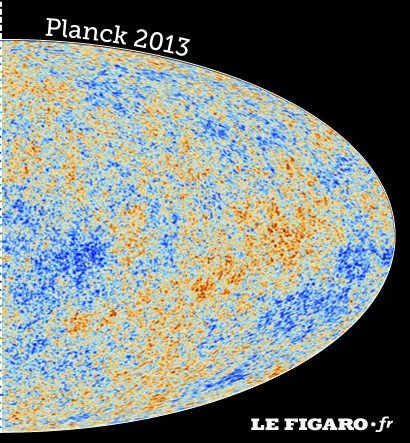-
Geometry
- Suppose you live on a sphere of radius R, show that if you draw a circle the circumference will be be
C=2π R sin(r/R)
B.For the Earth (R=6371 km) how large of a circle must you draw to notice a 1m deviation from Euclidean geometry?
-
General Relativity
- Show that
gives two of Maxwell’s Equations.
- Calculate the connection coefficients for polar coordinates.
- Show that
-
FLRW Cosmology
- Show that the deceleration parameter,
is given by
- Show that the deceleration parameter,
B. In a positively curved Universe containing only matter show that the present age of the Universe is
-
Dark Matter
- Suppose the dark matter is
M⊙ black holes, how far would you expect the nearest black hole to be? Assume dark matter is 10x the mass of the Milky Way, but also extends to 100kpc. How frequently would you expect a black hole to pass with in 1AU of the Sun?
- What angle is a light ray that just grazes the Earth deflected by (M=5.98×1024 kg, R=6400 km)? How about a white dwarf (M=2.0×1030 kg, R=1.5×107 m)? a neutron star (M=3.0×1030 kg, R=1.2×104 m)?
- Suppose the dark matter is
-
Thermal History
- Estimate the temperature of neutrino decoupling by setting the reaction rate equal to the Hubble constant. You can assume the Universe is dominated by photons, the neutrino-photon cross section is 10-43cm2(Eν/1MeV),2, the photon density is σSBT4/kT and the neutrino energy is kT.
-
Inflation
- Show that slow roll inflation under the fluid equation gives:
- What upper limit can be placed on the radiation density Ωr(mP) by requiring that the Universe not end in a Big Crunch before inflation assuming inflation starts at t=10-36 s.
- The measured vacuum energy density today is εΛ = 0.7 εc,0 = 3600 MeV/m3. What will be the the value of H once dark energy becomes strongly dominate?



